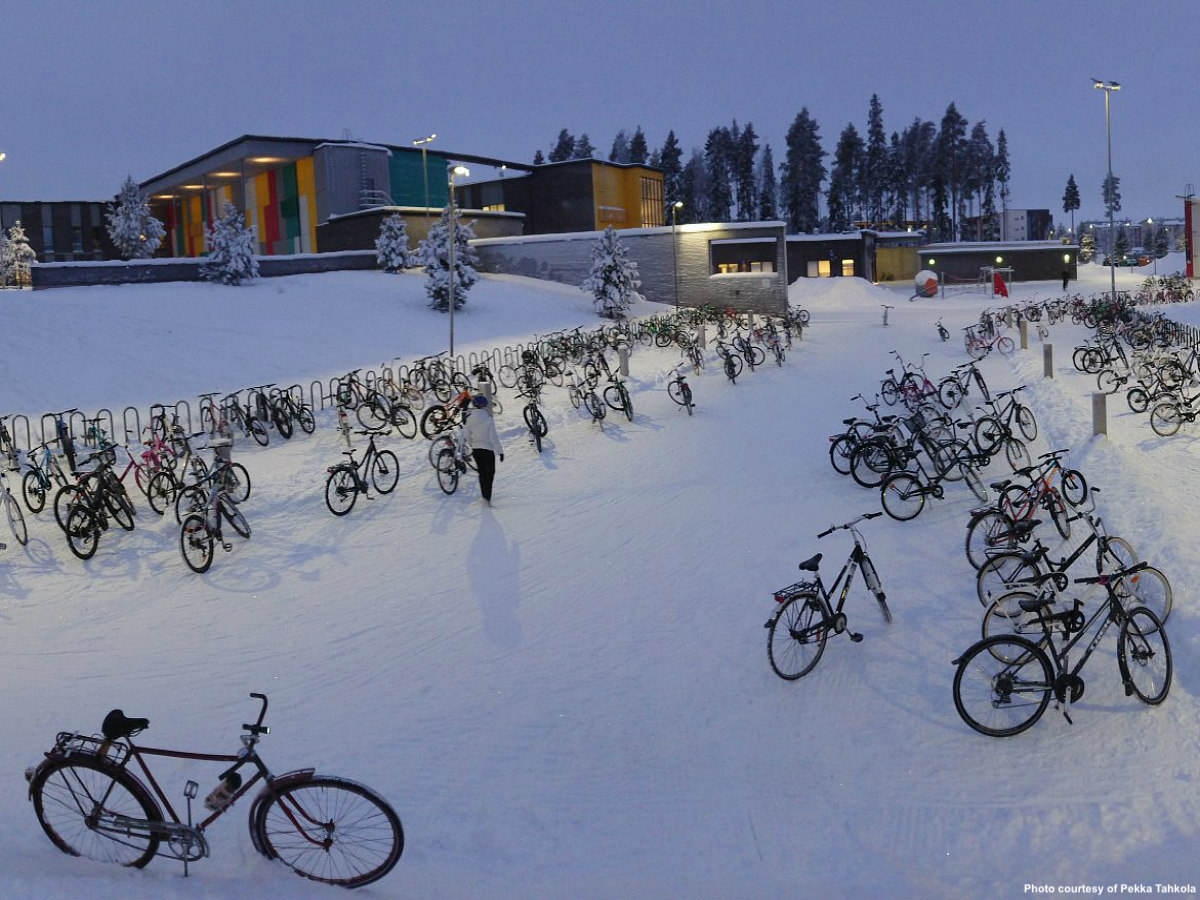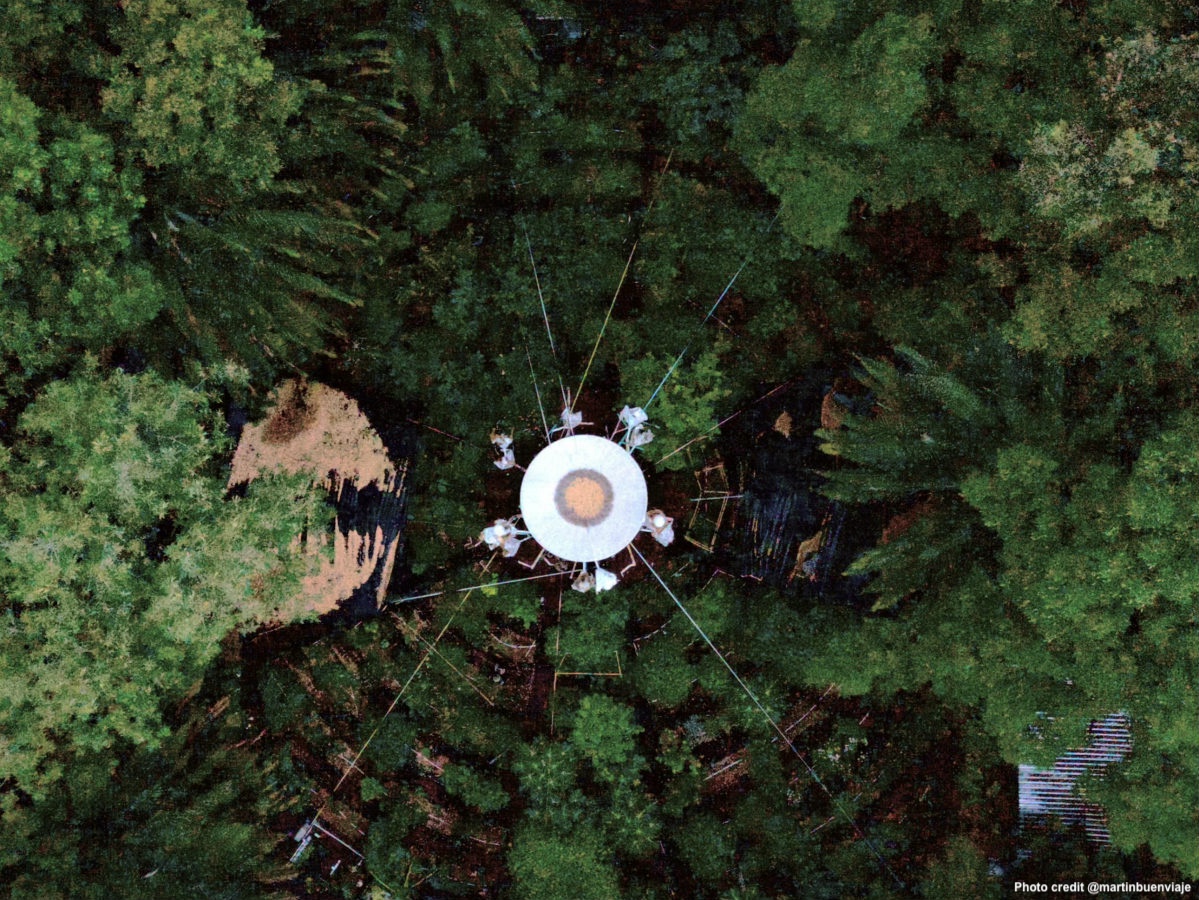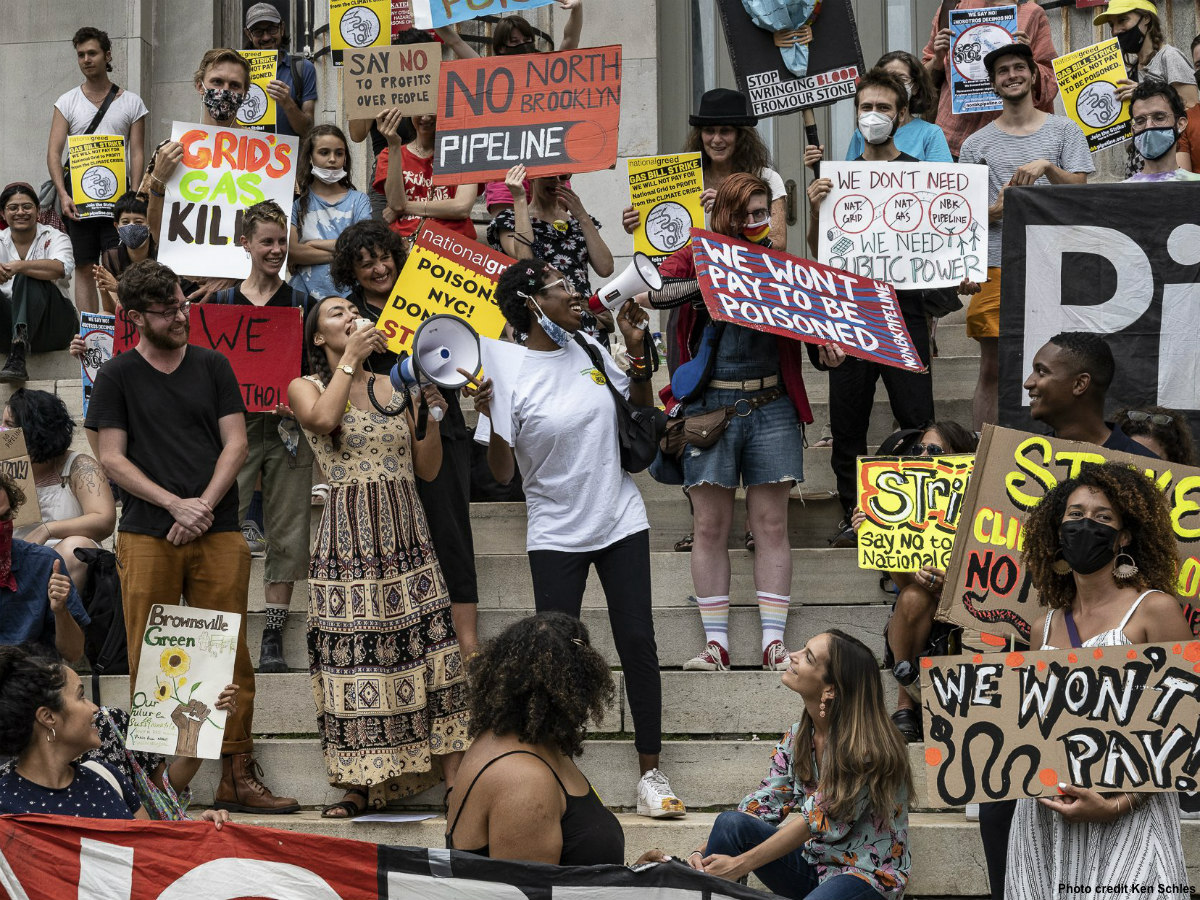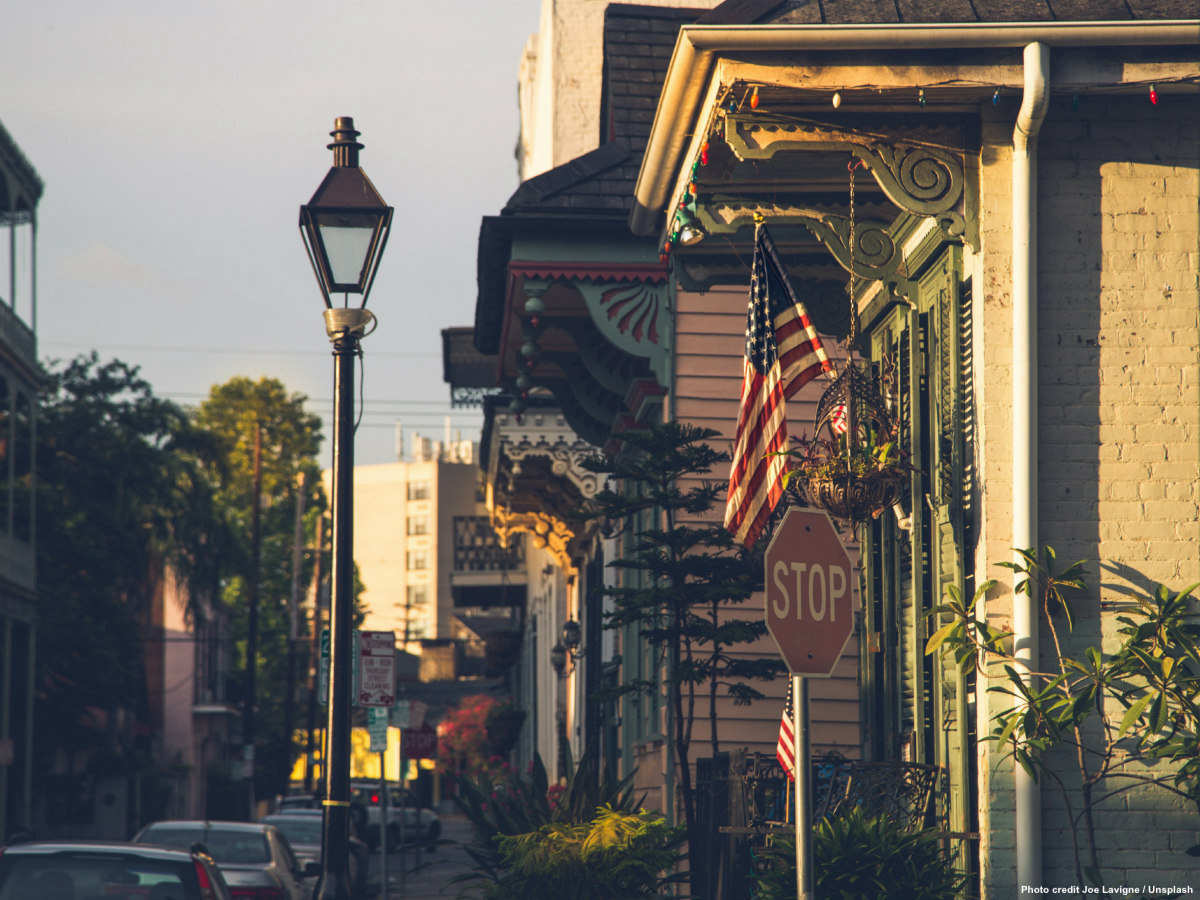As winter nears in the northern hemisphere, some urban dwellers refuse to put cycling into hibernation. That is the case in Oulu, a city in Finland, where 42% of the population ride their bikes in winter. Pekka Tahkola’s hand, or rather foot on the pedal, can be felt everywhere — which, no doubt, helped foster urban winter cycling in his hometown.
It is no surprise when Tahkola said “It never occurred to me that I wouldn’t cycle in the winter.” His unreal adventures, from crossing the ice of the frozen Baltic Sea to some nearby islands to guiding a Japanese group of tourists in minus 20 degrees Celsius to show them the Northern Lights, are well known within the cycling scene as “pekkailu”; roughly translated as “just being Pekka.” That means to people to go outside just for fun, even in freezing temperatures.
Born in Oulu, Tahkola left the city to study traffic engineering, and returned for his thesis at the urban planning and consultancy office Navico. Soon he became a co-owner with two friends, a work that has allowed him to combine his active lifestyle with promoting cycling “to see real change.” He likes to call himself an “urban wellbeing engineer,” he told me, even “sometimes we call ourselves urban kickass engineers,” he laughed.
Joking aside, Tahkola takes urban winter cycling seriously. He has influenced the transformation of places like Almatyevsk, in Russia, and Astana, in Kazakhstan, into active cities. He also organizes Winter City Masterclass in Oulu and online with participants from other winter cities like Anchorage, Minneapolis or Montreal.
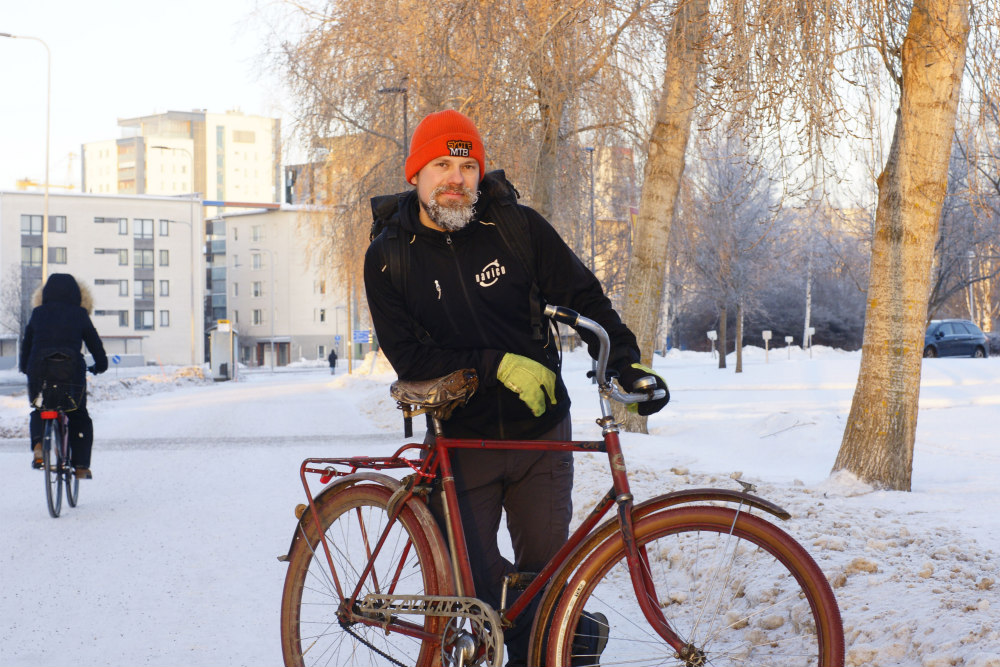
At home, his work includes eight years of campaigns such as #pyöräilytalvi and lobbying to foster sustainable and active transportation in the winter months. Among other initiatives, a humorous radio program hosts ordinary people in Oulu discussing how to cope with the weather and residents participate in photo competitions. All of these have built an urban community around winter cycling in Oulu who follows Tahkola on social media.
While Norwegians will say “There’s no such thing as bad weather, only bad clothes,” Tahkola will chant “There’s no such thing as bad weather, but bad infrastructure.” That is a palpable statement in a city with over 950 km of bike paths – including bicycle superhighways called baanas – for 210,000 residents.
But what Tahkola really means with “bad infrastructure” is “bad maintenance.” There must be something very unique to Oulu that makes people cycle in arctic conditions. “In fact, data shows that there is absolutely no difference for people cycling in winter if it is zero or minus twenty degrees outside,” Tahkola told me. And he added, “It is all about maintenance and the quality of the infrastructure if the city is really serious about supporting cycling in winter. There is no other magic needed.”
“Weather can be a factor, and most people in other cities might think it is the reason for not cycling, however it is not the cold or the snow on the cycling lane but rather the lack of maintenance of the infrastructure that makes it either impossible to cycle or people don’t feel safe and comfortable to use the bike. It could be that they had bad experiences in the past as happens with cars if people don’t feel safe driving on the road,” explained Tahkola.
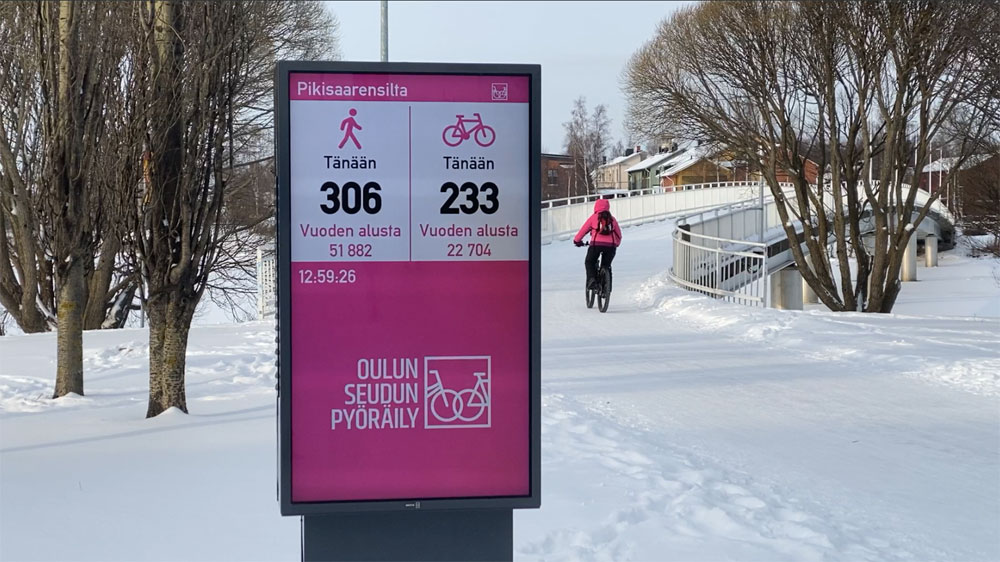
Oulu masterminds conditions on the pavements of bike lanes. Strikingly, one picture in Tahkola’s recordings on social media depicts a bike path entirely covered by a white layer of snow. This is the Oulu way: NO SALT. Only mechanical snow plowing, to a thin hard-packed snow layer to avoid problems with freeze and thaw. Yes, that sometimes means a lot of plowing.
To get perfect quality, Tahkola recommends to plow the snow with minimum delay (within 2 cm of snowfall) and plow often. In Oulu, a bike lane could be plowed 12 times during the previous night’s snowfall. That means three plowing rounds with four repetitions because the path is 5.6 m wide – all bike lanes in Oulu are at least 3 meters wide for special machines to effectively do their work.
“When people ride, then the snow gets compacted and slowly accumulates. But we need to keep the snow layer really really thin,” says Tahkola. So thin that you can see the bicycle mark on the floor because there is no physical separation between bike lanes and paths for pedestrians. For practical reasons, Tahkola explained, and to reach a minimum width, it is better to build all paths together to allow good mechanical maintenance.
There are over 150 voluntary anonymous agents observing and reporting maintenance quality on the bike paths. Also, baana counters placed on the bike lanes gather data, twenty are visible and show maintenance in real time, the rest are invisible to people. The bike path maintenance contractors’ bonuses depend on user satisfaction levels.
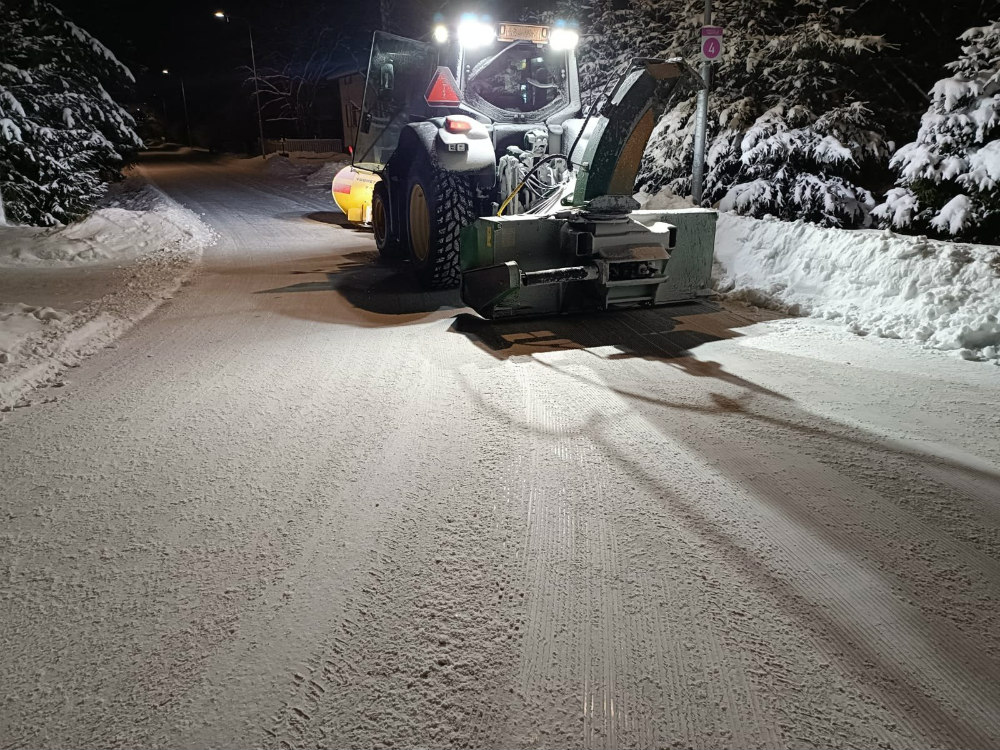
“We have got to the point that winter maintenance is understood as a customer service job for cyclists,” reckons Tahkola. He also records maintenance updates on social media for the cycling community. His main goal is to make sure that people in Oulu can enjoy cycling year round, from 90-year old grannies doing their shopping with their bikes to kids riding unaccompanied by adults to school.
Once he posted a photo on social media, which showed one school with a full bike parking lot in the middle of the snow. The temperature that day was -17C, and 1000 out of 1200 kids have arrived at school riding their bikes. Hundreds have walked, and the rest arrived by ski, kicksleds and car. In the winter 60% of trips to schools in Oulu are by bike.
As a result, Oulu looks vibrant and alive, even in the dark at freezing temperatures. That is quite extraordinary and the envy of other winter cities. In Canada only 6% of the population will dare to cycle in winter. Although, this might be about to change.
The Winter Cycling Congress is coming to Edmonton, Canada, in February next year. Tahkola is one of its founding members committed to spread the word about healthy sustainable transportation in the winter months and help urban planners, researchers, transportation leaders, and administrators in other cities to consider winter cycling a top priority through fast, effective and great quality service.
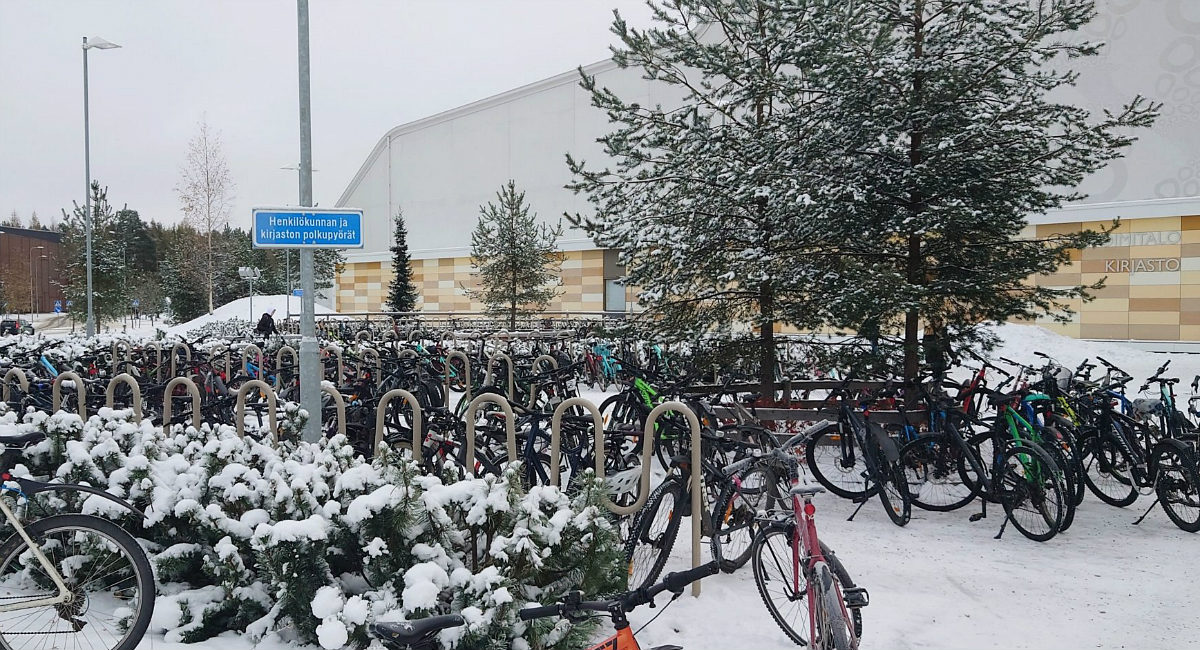
There is something remarkable about Oulu and Tahkola’s engagement with cycling. They have cracked the malaise of its low levels even when infrastructure is available. Sometimes the simplest thing makes all the difference. Inexplicably, often cities with wonderful weather conditions present lagging cyclist numbers, although they keep expanding infrastructure and investing in innovative mobility and implementation of cycling strategies.
But, as we have already learnt from Oulu, cities need to find the trigger for people to ride under any condition. The first baana was built in an abandoned railroad corridor in Helsinki eleven years ago. This bicycle superhighway proved to be a good way to get to the city center, however cyclists’ numbers in winter are still behind Oulu.
On the other extreme is Dubai. Its project, The Loop, will be a new 93 km sustainable urban highway indoors to circumvent the heat. One month ago, I listened to Baharash Bagherian, the leading architect and CEO of Urb behind The Loop, saying that “The project has always been seen as a mobility infrastructure, but it is more than that….It is not about adding cycling paths and trees, so that the community can benefit from it, it is more a holistic approach” if we want to change habits and culture in favor of cycling. The focus is not only coping with the hot weather.
It’s been already five months since I spoke with Tahkola at the Velo-city conference in Leipzig. “I’m cycling back to Oulu,” he told me. He came all the way from Oulu and has been around Europe, mostly riding his bike, and occasionally by train. “I don’t know when I will arrive in Finland,” he said, but that doesn’t look like a challenge for him.
